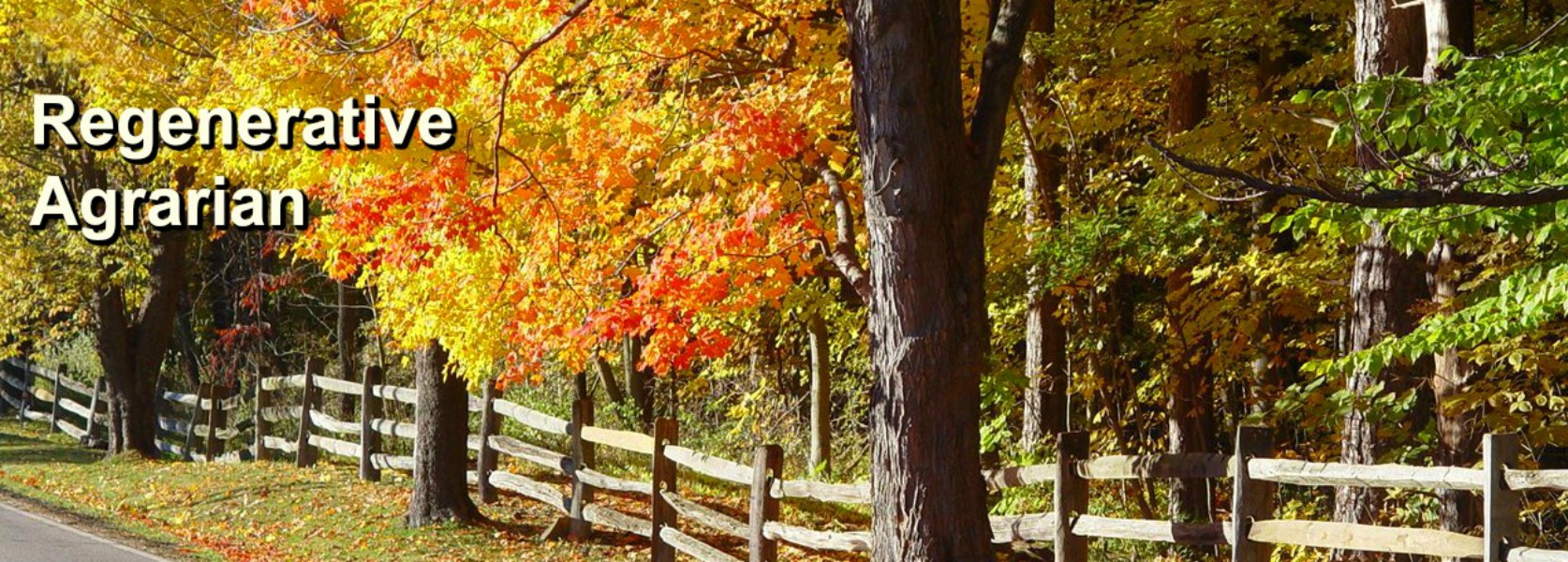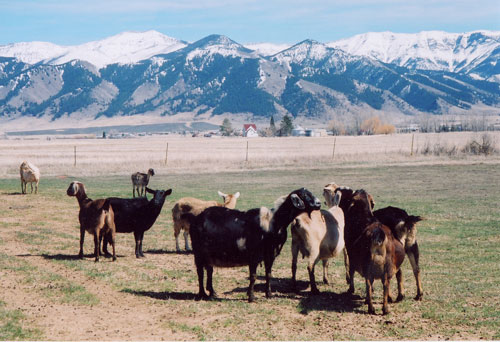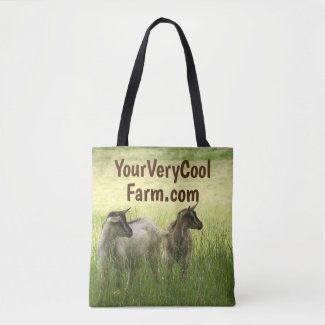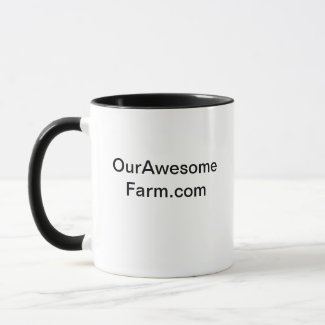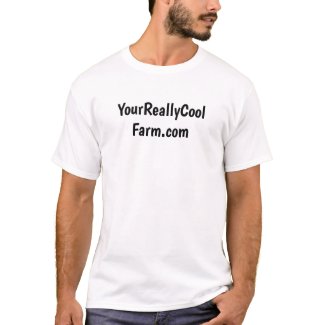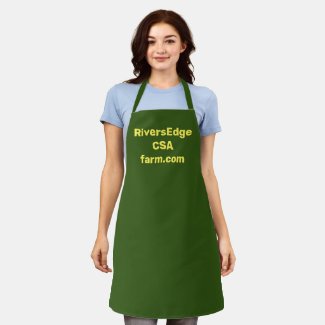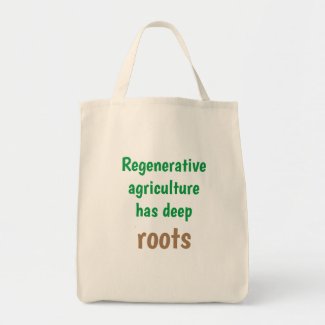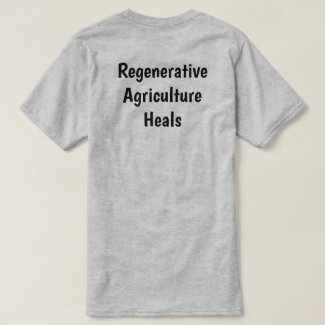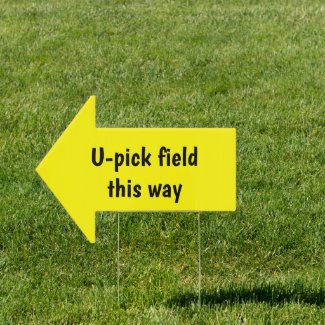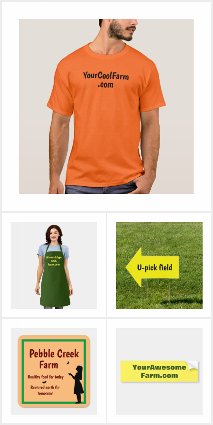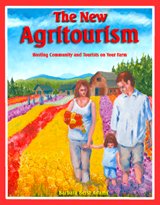Amaltheia: Successful Montana organic goat dairy
A version of this article was originally published in AcresUSA Magazine by Barbara Berst Adams Copyright National Lilac Publishing, LLC
Who knows what hidden profit lurks on the organic goat dairy? The owners of Amaltheia Organic Dairy, LLC know. Susan and Melvyn Brown, along with help from their grown son Nate, operate the sustainable dairy near Bozeman, Montana. They produce organic goat cheese, but they also utilize the manure by-products by selling excess compost, spreading it on their own pastures, and using it in the high tunnels they started last year to provide year-round crops such as tomatoes, basil and greens to the Bozeman area. Their whey-fed organic pork adds another niche product that utilizes their excess whey, which is an abundant cheese-making by-product, and they may use pig-power for rototilling their pasture. Plus, they added about 100 chickens that lay eggs for the local community.
To top it off, they host thousands of visitors annually to educate them on organic practices and the fun of farming, and this in turn, both directly and indirectly generates revenue. I corresponded with Susan for this interview, but her husband Melvyn and their son, Nate, contributed to her final answers as well. Here’s more of their story:
The goats, pasture and cheese
The
Browns own 20 acres just north of Bozeman in the Gallatin Valley, with a
stream and the Bridger Mountains to the east. Along with that, they
lease 130 acres adjacent to their land. “We have leased it for four
years now, “ said Susan, “and it was certified organic last year. We now
grow all our hay on this land and graze our goats there. This year we
may grow some grain there as well. There is also land along a treeline
in the back where our goats graze during the summer months.” Along with
their own acres and the land they lease, the Browns are cooperating for
more of their farm’s grain with a neighbor who has 160 organic acres.
The goats also find even more summer grazing there.
The
Browns milk about 220 does and had about 60 yearlings at the time of
this interview (not to mention the many kids the goats produced during
this last winter and spring). “We have about six bucks and do rotations
with them to breed the does,” Susan said. “We aim for our does to kid in
January through April and then our yearlings start kidding May and
June. This way, we have goats freshening for six months. Our butterfat
and protein levels are very high. We think this method keeps the levels
up.
“In
August, we start putting the bucks in with the does on a week on, week
off rotation.The goats are rested for two months every year before
kidding again. By December, we have very few goats online, but by
January, the cycle begins again.”
As
for breed of goat, the Browns currently have mainly Alpine, La Mancha,
and Saanen goats. “Saanens give the most milk,” Susan said, “and the
other two breeds give a higher butterfat level. All of them are hearty.
We like to mix it up so that our milk is always rich and creamy.”
Their
animals are in three-sided sheds that are well bedded. “Goats do well
with this,” Susan said. “The sheds have four-foot walls and mesh for the
roof, which allows for airflow, but no rain or snow to enter. The
milking goats have a half acre pen for winter and then graze during
spring, summer and fall. The kid barn is enclosed, but has the same
design as the sheds for maximum airflow. Each kid pen has outdoor
access.”
The
Browns grow organic alfalfa, grasses, herbs, triticale, barley, peas,
and oat hay for the goats. The goats start grazing in April or May when
they rotate them through different pastures of native grass, alfalfa,
clover, and herbs until October or November. For grain they feed organic
barley, peas, triticale, and oats.
Innovative approach to excess male goats
Being
a cheese producer, Amaltheia needs as much milk as it can produce from
its goats, so the owners had to find an appropriate outlet for the
excess male goats that don’t financially earn their keep. They had to
remove them at a young age to keep their care from cutting into their
milk and profits. “The goats start kidding in January and as always,
fifty percent are males,” Susan said. “Because we are in need of milk,
we cannot afford to feed the bucklings as well as the doelings. Because
we are organic, we cannot use milk replacer or other milk.”
“Goats
usually have singles their first kidding and then twins after that,”
she said. “Some have triplets and we have had three sets of quadruplets
this year, which is unusual. We give away the males at about five to 30
days old. People come from all over the Northwest to pick them up, as
goats are great noxious weed eaters and private citizens as well as
government programs pay to have goats graze off the weeds. Those who
come have experience in bottle-feeding goats, and may have a milk cow or
other goats to provide milk for the bucklings. People also raise goat
kids for meat.”
The compost for fertile fields and extra income
The
Browns compost the goat manure built up during the winter months and
spread much of it back on the fields in an effort to build their soils
in conjunction with their grazing plan. They also sell the surplus
compost. They have had many people give testimonials concerning their
compost which is made up of only organic manure and organic bedding. The
compost business started soon after they began milking goats and
realized the need for utilization of the goat manure by-product. “We had
built up a few piles of manure and straw bedding and needed to do
something with them,” Susan said.
Nate
Brown had worked with Montana State University on a Western SARE
composting grant and learned a lot about the process of composting. Over
the last seven years that they have been composting, he continues to
learn, and now produces a very high quality product.
Nate
has sold all the compost that the goats produce but makes sure to
fertilize the fields first. He sells by the bag or by the yard. The
Browns agree it is time consuming, however, and that is an obstacle. But
Nate started off selling compost at $25.00 a yard, which is the average
going rate in their area. The bags of compost were sold at $2.50/bag.
They now sell the compost at $30.00/yard and the bags for $4.00.
“Selling compost has made about $10,000 to $15,000/year…not huge,” said
Susan, “but a substantial amount when looking at the big picture. Now
that we are growing our own forage for the goats and pigs we are going
to spread the majority of the compost on the fields in a effort to
increase soil life. We are working towards the healthiest soil we can
produce and grazing and composting are needed in order to continuously
improve our farm and our practices.”
The whey for pork, and pigs for rototilling
Innovation
on the farm doesn’t necessarily mean all creative ideas will come to
fruition. If one possibility closes, the Browns have demonstrated how to
continue to look elsewhere. “Amaltheia has always wanted to utilize
all
the by-products produced on our farm,” said Susan. “Whey was a huge
by-product for us. We could only spread so much on our fields.” So, in
2004, Susan wrote a grant proposal for the VAPG program (value-added producers
grant) from the USDA. In the grant, the whey would be dried for use in
nutraceuticals (health supplements). It would be certified organic, and
be very useful as a supplement because whey includes protein, many nutrients and minerals.
She received the grant for $75,000, but the company working with
Amaltheia on the whey project went under. With this avenue closed, they
looked for alternatives. A friend suggested they raise pigs and feed the
whey to them. In 2008, an organic pig farmer friend from Montana gave
Amaltheia their first gilt. Another friend gave them a boar. Then an
organic rancher and inspector from the Highline of Montana (near the
Canadian border) sold them organic stock and helped them get started. He
and Nate put up sheds and a farrowing barn that has inside and outside
access, and corner nooks where the piglets can pass under a barrier to
get warm under a heat lamp where the mother cannot access it. The pigs
have several acres to graze and are fed the organic whey, hay and
grains. “Last year,” said Susan, “the pigs drank over 150,000 pounds of
whey, an amazing usage of a by-product. Finally, we were in the pig
business!” Amaltheia now sells its organic pork to co-ops, restaurants,
and health food stores in Montana as well as farmer’s markets and out of
their cheese facility where they also have a meat depot.
But
pork isn’t the only thing they use their pigs for. “Our plan this
year,” said Susan, “is to rotationally graze the hogs and allow them to
turn over the sod in the pastures before we plant them with grains. This
will allow them to eat more grasses and hopefully eliminate an initial
tilling using the tractor."
Marketing, and the choice to become certified organic
“We
started out only milking goats,” said Susan, “but soon realized that
value-added products were economically better.” When they started making
cheese, they found there were many goat cheese companies already in
the U.S., so decided to take the plunge and get certified organic, not
only for the marketing aspect but also because that is how they’ve
always farmed. “We’ve found it sets Amaltheia apart from other goat
cheeses,” Susan said. “Winning three American Cheese Society awards for
our cheese in 2004 helped as well.”
But,
according to Susan, when you are a family farm, marketing is quite a
challenge. “We are not sales people,” she said, “but we believe in our
products and can speak for our goals, the quality and cleanliness, and
our practices.” Because Amaltheia is small, brokers are sometimes not
interested or not committed enough to their products. Plus, the Browns
have found competing is expensive and difficult. “We have been in the
Whole Foods Markets, Trader Joe’s, and many other larger chains,” said
Susan. “But we didn’t have the name recognition that other large
companies have, and it was an uphill battle keeping those contracts. We
have always said that, ‘If people try it, they will buy it!’ We are not
available to offer sampling, though, so ‘trying it’ becomes difficult.”
But they feel that they now have a strong local and Northwest following
and if they can offer a variety of cheeses, they can keep their cheese
sales as local as possible. They do, however, ship across USA coast to
coast via their website.
Marketing the whey-fed hogs has been a smoother ride. “Whey-fed organic hogs are definitely a niche market, and we sell everything we produce,” Susan said. “We intentionally are not getting too large because of all of the other projects we have. We keep enough pigs so that all of the whey is utilized…about 150 of all sizes at the most. People recognize the quality and also come and see how happy and healthy the hogs are. We sold a lot of weaner pigs last spring to area farmers and 4-H kids and they had great success with them. We received Swine Of Excellence (SOE) awards for some of them from the state.”
Customers
for the compost started slowly through local newspaper ads and grew
mainly by word of mouth. Word soon spread, and CSAs, the local
university, home gardeners, garden shops, and stores asked for it. In
the gardening classes in their area, Amaltheia’s compost is recommended
for use above all other compost. With the MSU grant, Nate was able to
buy printed bags and created “Amaltheia Sustainable Concepts,” a company
that utilizes by-products.
Agritourism
Every
year, Amaltheia uses agritourism as a way to generate loyal customers. The farm attracts preschool classes, elementary school students,
kids in FFA or 4-H, college students, visitors from other countries,
and even neighbors. The farm is advertised in the AAA travel guides and
in the local Chamber of Commerce office. Some of their visitors have
small farms and want to do what they’re doing. “We feel strongly that
people need to change the way they eat,” said Susan. “Most people can
put in a small garden at their home or even use pots in their houses and
raise some of their own food. People can also now raise their own
chickens, even in the city. We are hoping to show other farmers how they
can farm organically while it also helps their budget. We always tell
farmers a story of how in the past we had grown corn alongside our
neighbor in Michigan. We had our soil tested and added organic nutrients
to it. Our neighbor fertilized and used pesticides and herbicides. Our
corn had a higher yield and was beautiful! Right now our alfalfa is
outstanding on our organic fields. We have to get farmers to change
their ways for the sake of our children and future.”
Visitors
from other countries find the farm through the Montana State
University, which brings people to the farm to see how the Browns
succeed with modest buildings and limited resources. They can then take
their techniques back to their own country to raise goats economically.
I
have personally witnessed many farmers generate loyal customers with agritourism -- by
bringing visitors to the farm, sometimes without charging a fee, to
tour the operation. After such tours, past visitors will seek out and
even ask for that farm’s products in various stores. It’s also useful
for obtaining direct sales right from the farm. “It is fun and
fulfilling for us,” said Susan, “and hopefully we have supporters of our
products at the grocery stores and markets. We do not charge, but
encourage people to buy cheese or pork while they are here.”
Amidst the shadows of any dairy, extra products or money-saving mechanisms may lie in waiting that once went unnoticed. Amaltheia sheds light on some great ones, and demonstrates the ever evolving art and science of the beyond-organic American eco-dairy.
-------
Update: Today, Amaltheia Dairy is still milking 200 goats per day, diversifyng their products, and handcrafting cheese as they've done for more than 20 years.
You may also enjoy:
Marketing your farmed products
Starting a goat weeder/brush clearing business

